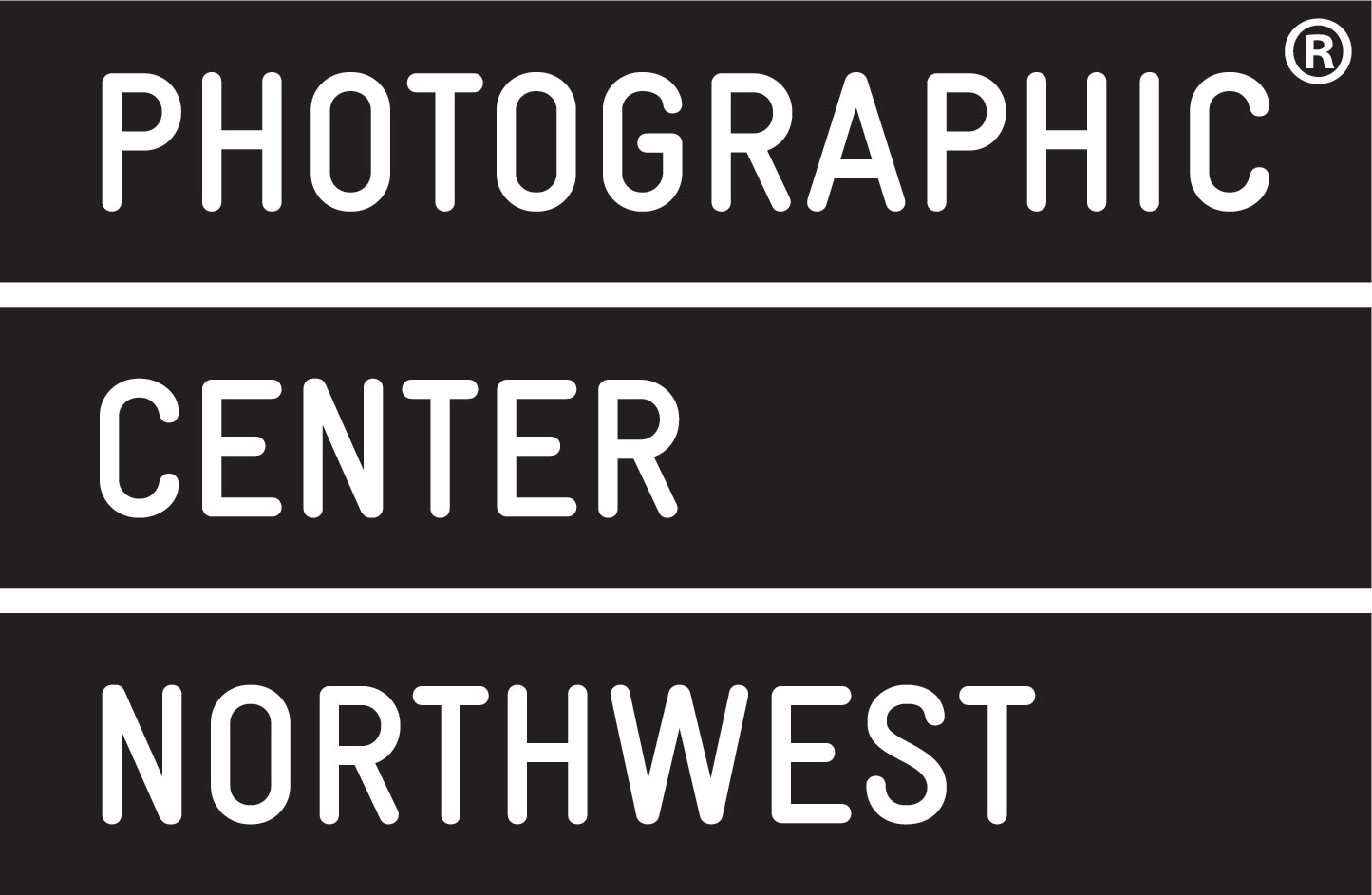David Octavius Hill and Robert Adamson
The Fairy Tree at Colinton, about 1845
Photogravure from original calotype (collection of Scottish National Portrait Gallery)
8.25 x 6 inches, framed to 15.5 x 12.75 inches
Edition of 300 produced as part of “The Golden Age of British Photography” portfolio (Aperture Foundation, with the Victoria and Albert Museum and the Philadelphia Museum of Art)
Retail value $900
Courtesy Caryl Baron and framing courtesy Annie’s Art and Frame
David Octavius Hill (1802 – 1870) and Robert Adamson (1821 – 1848) began their partnership in Edinburgh, Scotland, in 1843, just four years after the invention of photography was announced. Together Hill and Adamson opened the first commercial calotype studio in Scotland, and demonstrated with unrivaled skill and creativity the artistic possibilities of the new paper-based medium.
The calotype, the first paper-based photograph, was invented by William Henry Fox Talbot in 1840. Talbot patented the process in 1841, which meant that those who wanted to experiment with the calotype would need to request his permission and pay a fee. The patent, much to the benefit of Hill and Adamson, did not apply to Scotland. Introduced in Scotland by Sir David Brewster, a scientist in St. Andrews, the calotype was taken up by his circle. Among them was Dr. John Adamson, who shared the process with his brother Robert. Brewster’s correspondence with Talbot provided a direct link between the inventor of the calotype and early experimenters.



